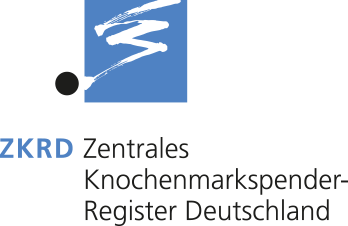There are different types of stem cell transplantation. An autologous stem cell transplantation
involves the extraction and reintroduction of the patient’s own stem cells. This type of stem
cell transplantation is carried out, for instance, if the bone marrow has been damaged by very
strong chemotherapy (cancer drug treatment) for certain cancers.
Transferring blood stem cells from one person to another is called allogeneic stem cell
transplantation. This procedure is undertaken if someone has a disorder of the blood-forming
system or severe immunodeficiency. A distinction is also made here between related and
unrelated donors. If the patient and donor are related, the genetic material will be more similar
and the probability of matching HLA characteristics will be higher. This is especially the case
among siblings, where the probability of finding a genetic twin is 25%. If transplantation of
stem cells from a relative is not possible, a suitable unrelated donor must be found for the
patient. The process of matching the HLA characteristics of potential donors with those of
patients is the core task of the ZKRD.


